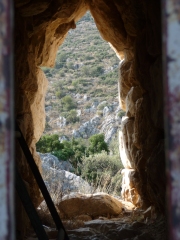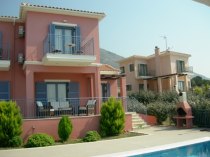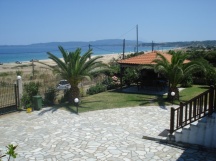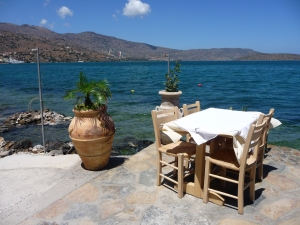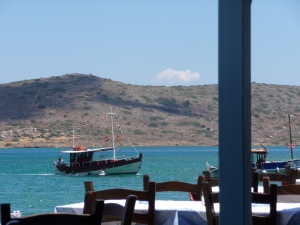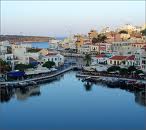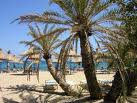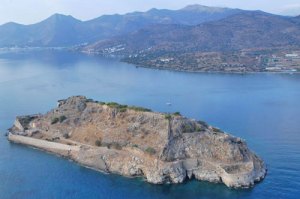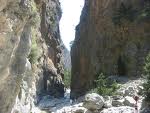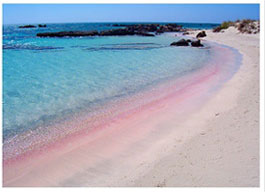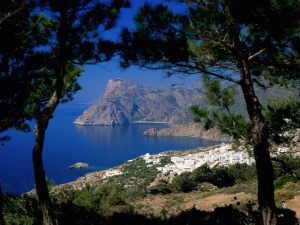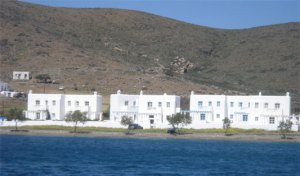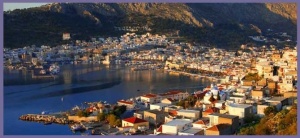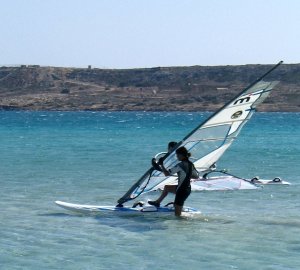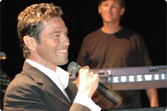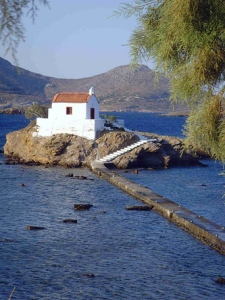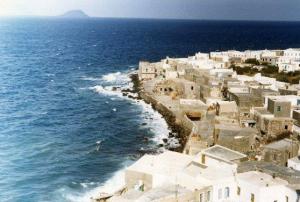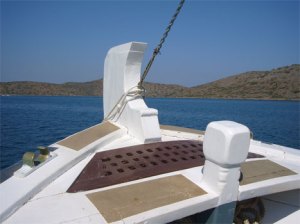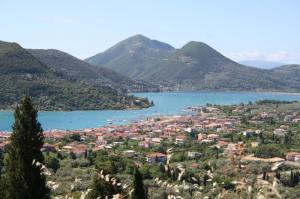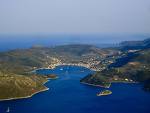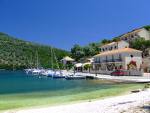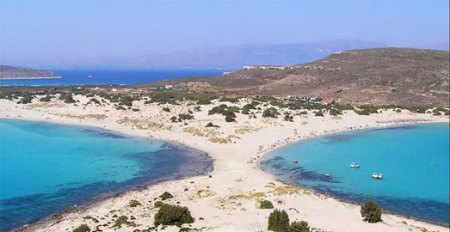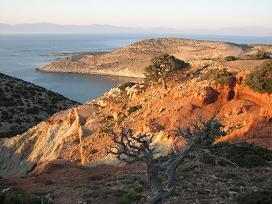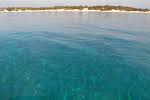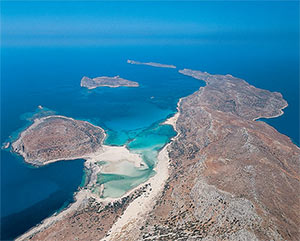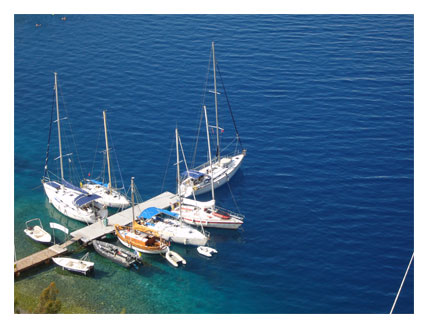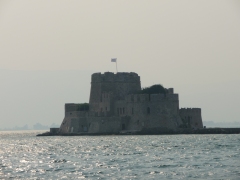 Navplion – A City To Visit in Summer Or Winter
Navplion – A City To Visit in Summer Or Winter
My first glimpse of Navplion was from our chartered yacht as we rounded the headland during a glorious evening sail in July 2012. As we approached we could see the magnificent fort on our port side, which the Greeks once used to guard the entrance to the harbour.
Our berth (one of the last available against the harbour wall) was to be between our lead boat and a vast high-sided catamaran with a rather anxious gentleman on board who began pacing up and down even more quickly when he saw a female at the helm. Once safely ensconced for the night, we couldn’t wait to explore this city which had seen so much history.
Navplion History
Navplion was the capital of Greece before Athens (1821-1834) and sits at the head of the Argolic Gulf in the Peloponnese. It is here where the fearless sea captain Laskarina Bouboulina and her fleet of eight ships sailed to and took part in the siege of the fortress which she eventually captured. Bouboulina was born on the island of Hydra, moved to Spetses following her marriages to two sea captains who left her wealthy enough after their deaths to buy several ships and form her own fleet. Very sadly, Bouboulina was shot on 22nd May 1825, in a family dispute. Bouboulina was one of the first women to play a major revolutionary role and without her and her ships, the Greeks may well not have gained their independence.
Within walking distance of the (industrial) harbour wall is the most amazing ice-cream shop … further on a plethora of side streets lead you away from the main road to the pedestrianized area and grand main square which is adorned with the most attractive Venetian-style houses, restaurants, bars, shops and tavernas. There is so much to do in Navplion, you would be hard-pressed to get round it all in a day, well, that is if you take in refreshments, food and shopping like we did!
During the hot summer months, pretty much all the restaurants feature those welcoming ice-fans to cool you down while you sip your vodka-martini and watch the action – always lots going on in the way of outdoor entertainment.
Easily accessible from Navplion is Mycenae
What a spectacular coastal view from the home which used to belong to the King of Sparta, Agamemnon. There is an almost eerie silence which surrounds the ruins now and the highlight for me were to treat the well-worn steps from ground level, leading underground to an extensive plumbing system which provided Mycenae with fresh drinking water.
History: The site of Mycenae was first excavated in 1874 by Heinrich Schliemann, the German amateur archaeologist who had also discovered the ruins of Troy. A magnificent palace used to reside on this hillside, which was surrounded by great walls. The city was crowned with an acropolis even before the Mycenaean civilization, and the location of the site was of huge strategic importance. The ancient city boasted houses, bakeries, workshops, and even a granary. Several of the tombs in Mycenae have been named after the family of Atreus. There is Agamemnon’s tomb, the tomb of Clytemnestra and Aegisthus’ tomb.
Mycenae was almost completely destroyed by a fire in the 12th century. The Mycenaean civilization declined, but the area was still inhabited. It is believed it was abandoned in the 3rd century AD.
The findings from Mycenae can be viewed in the National Archaeological Museum of Athens, but all over Greece there are also smaller museums that hold Mycenaean objects.
Summary:
Navplion is a joy to visit. From a sailor’s perspective, no showers immediately available on the quayside but lots of small hotels if you are desperate in the winter. You can eat with the locals at a typical taverna offering local dishes in one of the back streets or dine out in your finery at one of the high class (and more expensive) restaurants that Navplion has to offer. The buildings are amazing with a strong Italian influence and there is lots going on.
Return soon to read more about Greece, her islands and all she has to offer.


